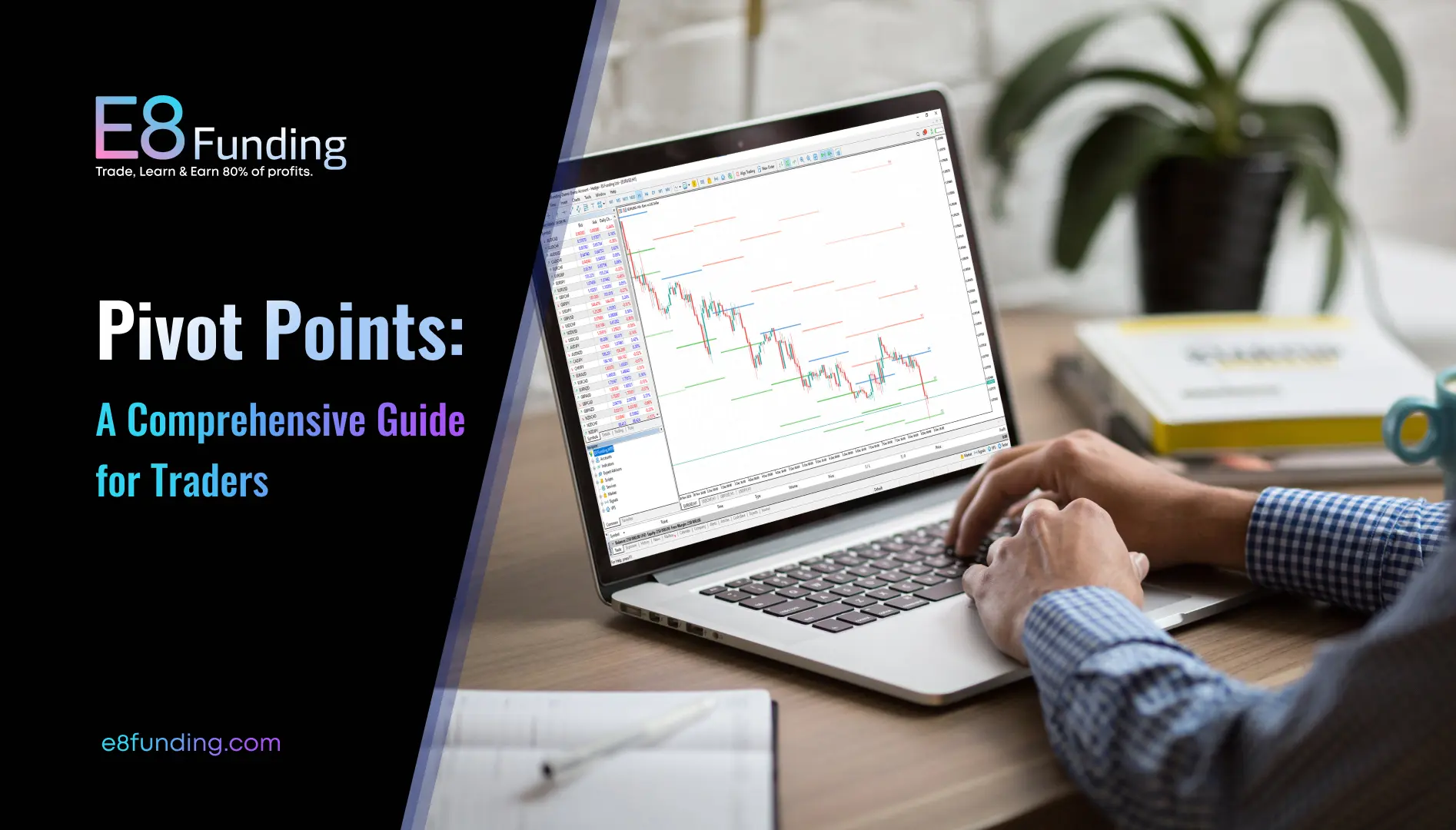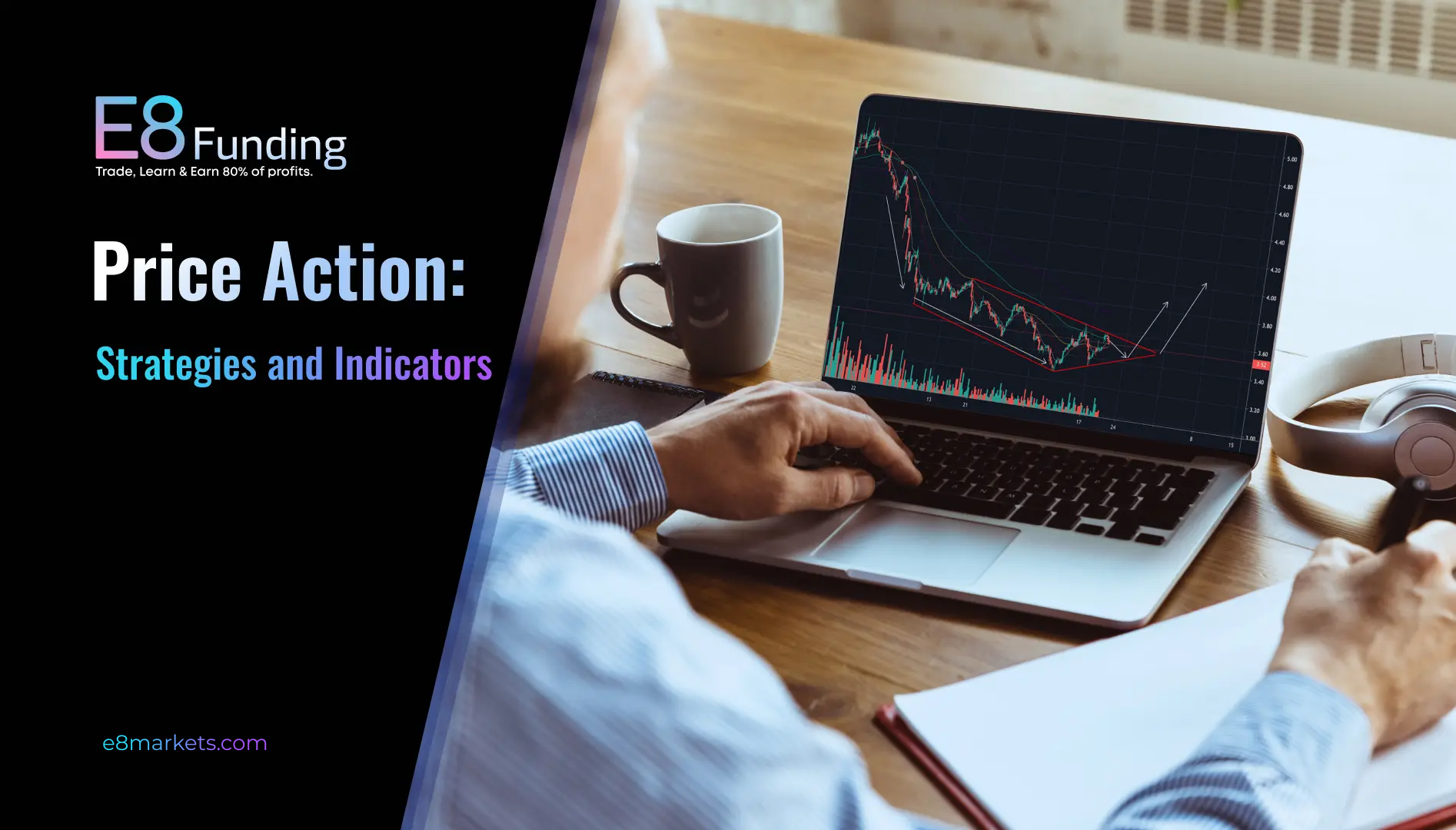Mastering the Math: Position Size, Pips & P/L
Imagine entering a trade without knowing how much you stand to gain or lose. It’s like driving a car without a steering wheel – exciting, maybe, but ultimately reckless. Mastering the calculations behind position size, pip value, and profit/loss gives you that crucial gauge, allowing you to navigate the markets with confidence and control. Let’s equip you with the tools to make calculated decisions in every trade.
In this comprehensive guide, we’ll demystify these crucial calculations, providing you with clear formulas, practical examples, and even an Excel calculator to simplify the process. We’ll also delve into the art of creating your own calculator, empowering you to tailor your risk management tools to your unique trading style.
By the end of this article, you’ll possess the knowledge and tools to approach your trades with confidence, armed with the mathematical precision needed to navigate the markets successfully.
So let’s dive in and unlock the power of numbers in trading!
The Cornerstone of Risk Management
Position size is arguably the most critical calculation in trading. It determines how much of your balance you’ll risk on any given trade, acting as a safeguard against catastrophic losses. Think of it as the seatbelt in your trading car – it might not prevent accidents, but it significantly reduces the damage when they happen.
Understanding Risk Percentage and Account Balance
Before diving into the position size formula, let’s clarify two key concepts:
- Risk Percentage: This is the percentage of your total trading account that you’re willing to risk on a single trade. It’s a personal choice, but a common guideline is to risk no more than 1-2% per trade.
- Account Balance: This is the total amount of capital you have available for trading.
The Position Size Formula
The position size formula helps you translate your risk tolerance and account balance into a concrete number of units (lots) to trade. Here’s the basic formula:
Position Size = (Risk Amount ÷ Stop Loss in Pips) x Pip Value
Let’s break it down:
- Risk Amount: This is the amount of money you’re willing to lose on the trade, calculated as a percentage of your account balance. For example, if your account balance is $10,000 and you’re risking 1%, your risk amount is $100.
- Stop Loss in Pips: This is the difference in pips between your entry price and your predetermined stop-loss level. It represents the maximum loss you’re willing to accept on the trade.
- Pip Value: This is the monetary value of a single pip movement in the currency pair you’re trading. It varies depending on the currency pair and your lot size.
Examples
Let’s see how this works in practice with a couple of examples:
- Example 1: Forex Trading (EUR/USD
- Account balance: $5,000
- Risk percentage: 1% (Risk amount = $50)
- Currency pair: EUR/USD
- Entry price: 1.1000
- Stop loss: 1.0950 (Stop loss in pips = 50)
- Pip value (for 1 standard lot): $10
Position size = ($50 ÷ 50 pips) x $10/pip = 0.1 lots (or 1 mini lot)
- Example 2: Forex Trading (USD/JPY)
- Account balance: $8,000
- Risk percentage: 2% (Risk amount = $160)
- Currency pair: USD/JPY
- Entry price: 110.00
- Stop loss: 109.00 (Stop loss in pips = 100)
- Pip value (for 1 standard lot): ¥1000 (assuming your account is denominated in USD)
Position size = ($160 ÷ 100 pips) x (¥1000/pip ÷ 110.00) ≈ 0.145 standard lots
Decoding the Value of a Pip
In the world of forex trading, pips are the smallest unit of price movement for a currency pair. Understanding the monetary value of a single pip – the pip value – is crucial for calculating potential profits and losses on your trades.
The Pip Value Formula
The pip value formula helps you determine how much each pip movement will impact your account balance. Here’s the general formula:
Pip Value = (One Pip ÷ Exchange Rate) x Lot Size x Contract Size
Let’s break down the components:
- One Pip: This represents the smallest incremental change in the exchange rate. For most currency pairs, one pip is 0.0001. However, for pairs involving the Japanese Yen (JPY), one pip is 0.01.
- Exchange Rate: This is the current price of the base currency in relation to the quote currency.
- Lot Size: This is the standardized unit of currency you’re trading. Common lot sizes include:
- Standard Lot: 100,000 units of the base currency
- Mini Lot: 10,000 units of the base currency
- Micro Lot: 1,000 units of the base currency
- Contract Size: This is typically 1 for forex trading.
Examples
Let’s see how to calculate pip value for different currency pairs and lot sizes:
- Example 1: EUR/USD (Standard Lot)
- One pip: 0.0001
- Exchange rate: 1.1800 (1 EUR = 1.1800 USD)
- Lot size: 1 standard lot (100,000 units)
- Contract size: 1
Pip Value = (0.0001 ÷ 1.1800) x 100,000 x 1 = $8.47 (rounded to two decimal places)
- Example 2: USD/JPY (Mini Lot)
- One pip: 0.01
- Exchange rate: 110.50 (1 USD = 110.50 JPY)
- Lot size: 1 mini lot (10,000 units)
- Contract size: 1
Pip Value = (0.01 ÷ 110.50) x 10,000 x 1 = ¥9.05 (rounded to two decimal places)
The Bottom Line: Quantifying Your Success or Shortcomings
Calculating your profit or loss (P/L) is the ultimate way to measure the outcome of your trades. It tells you how much money you’ve made or lost, factoring in your position size, pip value, and the price movement of the currency pair.
The P/L Formula
The P/L formula is straightforward:
P/L = (Price Change in Pips x Pip Value) x Number of Lots
Let’s break it down:
- Price Change in Pips: This is the difference in pips between your entry price and your exit price (or the current market price if the trade is still open).
- Pip Value: We calculated this in the previous section. It’s the monetary value of a single pip movement for your chosen currency pair and lot size.
- Number of Lots: This is the number of lots you traded.
Examples:
Let’s explore some scenarios to see how P/L is calculated:
- Example 1: Winning Trade (EUR/USD)
- Entry price: 1.1800
- Exit price: 1.1850 (Price change = +50 pips)
- Pip value: $10 (from our previous example)
- Number of lots: 1 standard lot
P/L = (50 pips x $10/pip) x 1 lot = $500 profit
- Example 2: Losing Trade (USD/JPY)
- Entry price: 110.50
- Exit price: 109.80 (Price change = -70 pips)
- Pip value: ¥9.05 (from our previous example)
- Number of lots: 2 mini lots
P/L = (-70 pips x ¥9.05/pip) x 2 lots = -¥1267 loss
Important Considerations:
- Trading Costs: Remember to factor in spreads and commissions when calculating your actual P/L. These costs can eat into your profits or amplify your losses.
- Open Positions: For open trades, use the current market price instead of the exit price in the P/L formula to get your unrealized P/L.
- Risk Management: Use your P/L calculations in conjunction with your position size to ensure you’re adhering to your risk management plan.
Conclusion: From Knowledge to Action
You’ve now journeyed through the essential math of trading, gaining insights into position sizing, pip value, and profit/loss calculations. But knowledge alone isn’t enough; it’s the application that truly matters.
These calculations aren’t just abstract formulas—they’re the tools that empower you to:
- Trade with Confidence: No more guesswork or relying solely on intuition. You can now approach each trade with a clear understanding of your risk and potential reward.
- Protect Your Balance: Position sizing ensures you never risk more than you can afford to lose, safeguarding your account from devastating drawdowns.
- Make Objective Decisions: By quantifying potential profits and losses, you can evaluate trade setups with a level head, avoiding impulsive decisions driven by fear or greed.
Remember, practice makes perfect. Start incorporating these calculations into your trading plan today. Use them to analyze past trades, plan future ones, and fine-tune your risk management strategy.
As you continue your trading journey, keep in mind that successful trading is a blend of art and science. While these calculations provide a solid foundation, experience, discipline, and emotional control are equally vital.
So, keep learning, keep practicing, and never stop refining your skills. The markets are vast and dynamic, but with the right knowledge and tools, you can navigate them with confidence and achieve your trading goals.
Article topics
Trade with E8 Markets
Start our evaluation and get opportunity to start earning.Disclaimer
The information provided on this website is for informational purposes only and should not be construed as investment advice. Always conduct your own research and consult with a qualified financial advisor before making any investment decisions. We do not endorse or promote any specific investments, and any decisions you make are at your own risk. This website and its content are not responsible for any financial losses or gains you may experience.
Please consult with a legal professional to ensure this disclaimer complies with any applicable laws and regulations in your jurisdiction.








